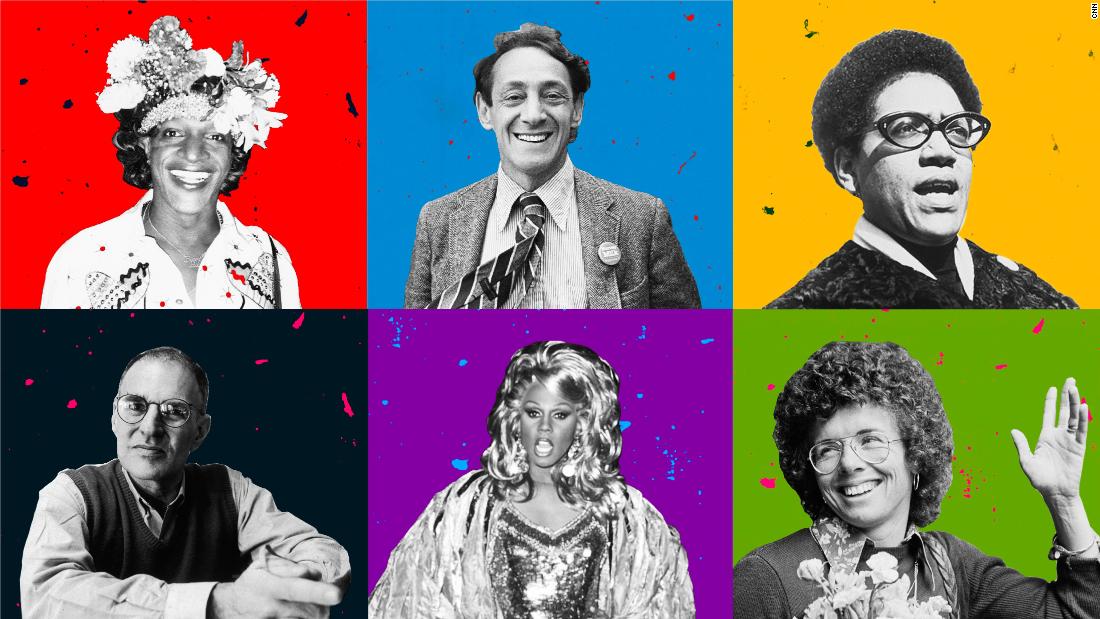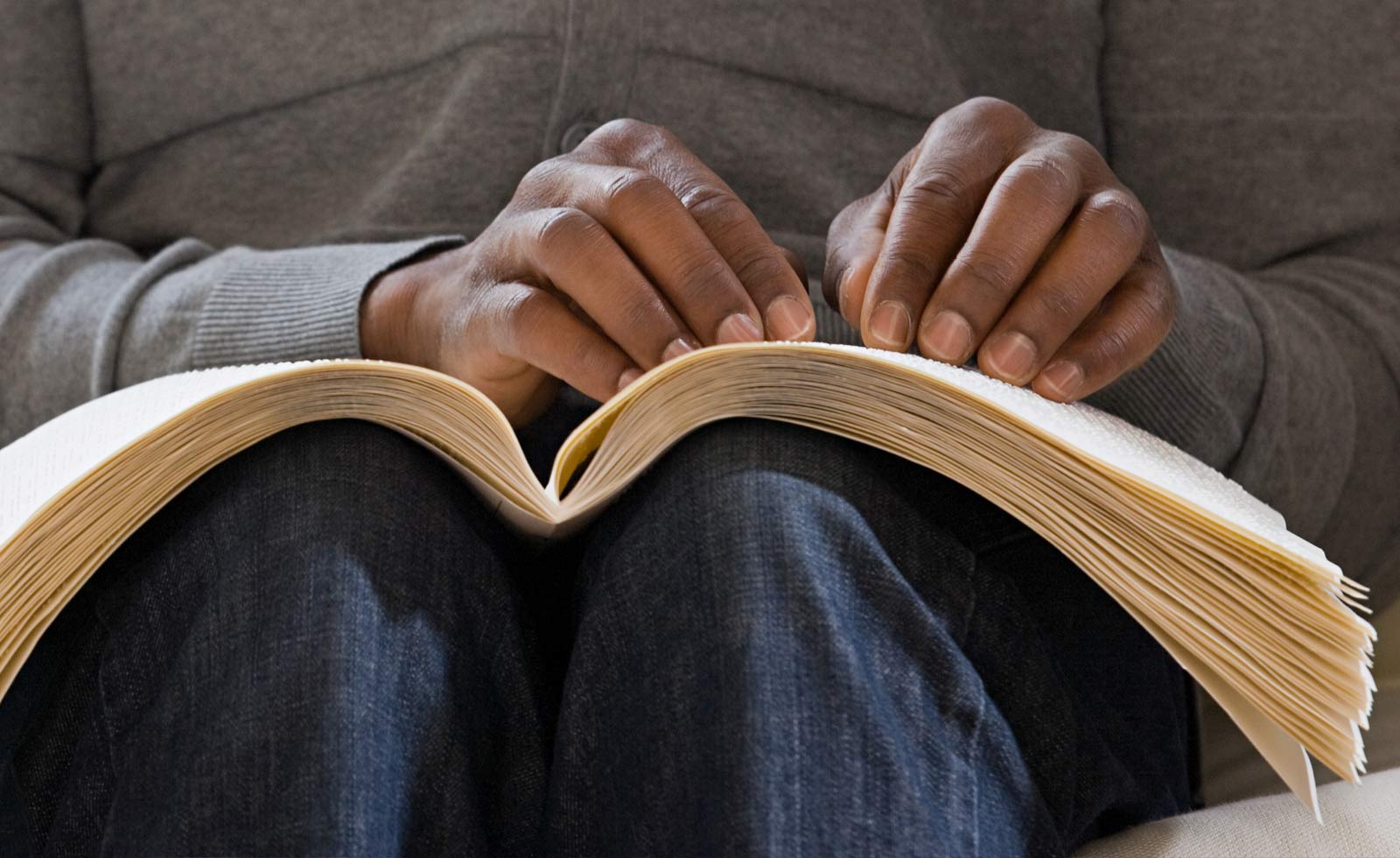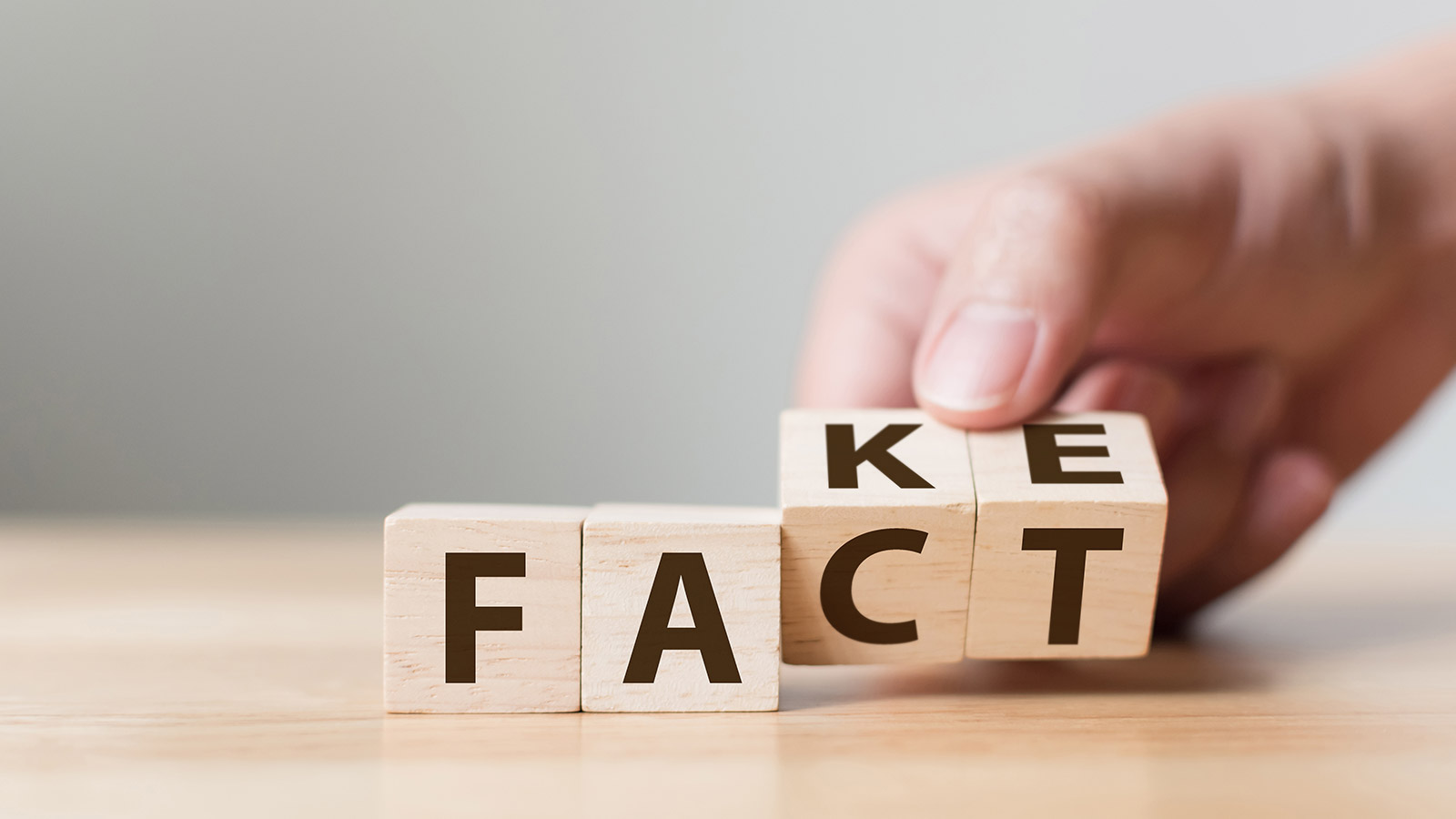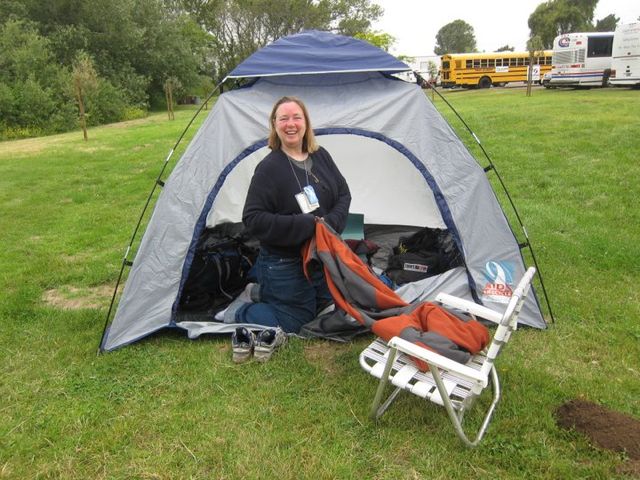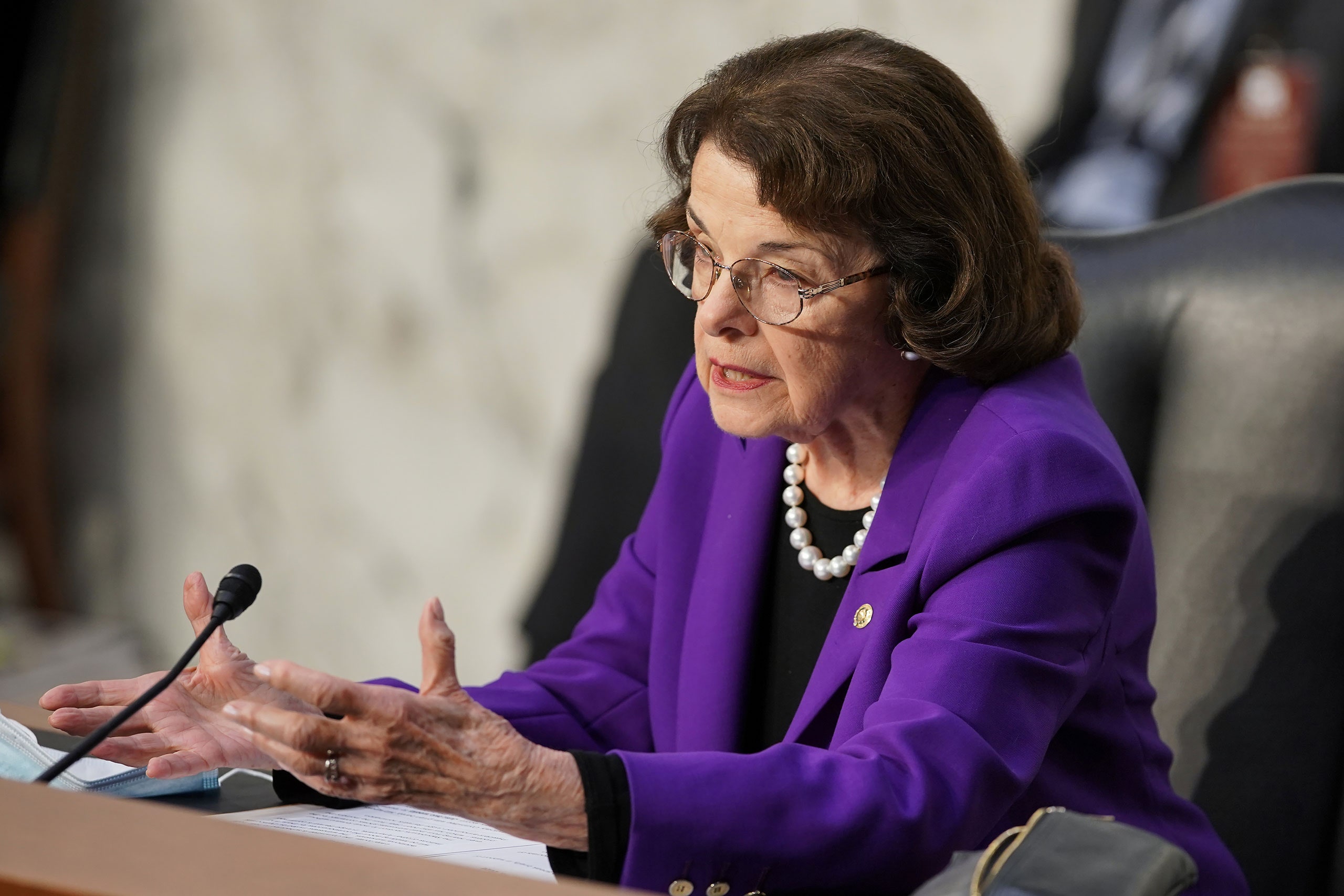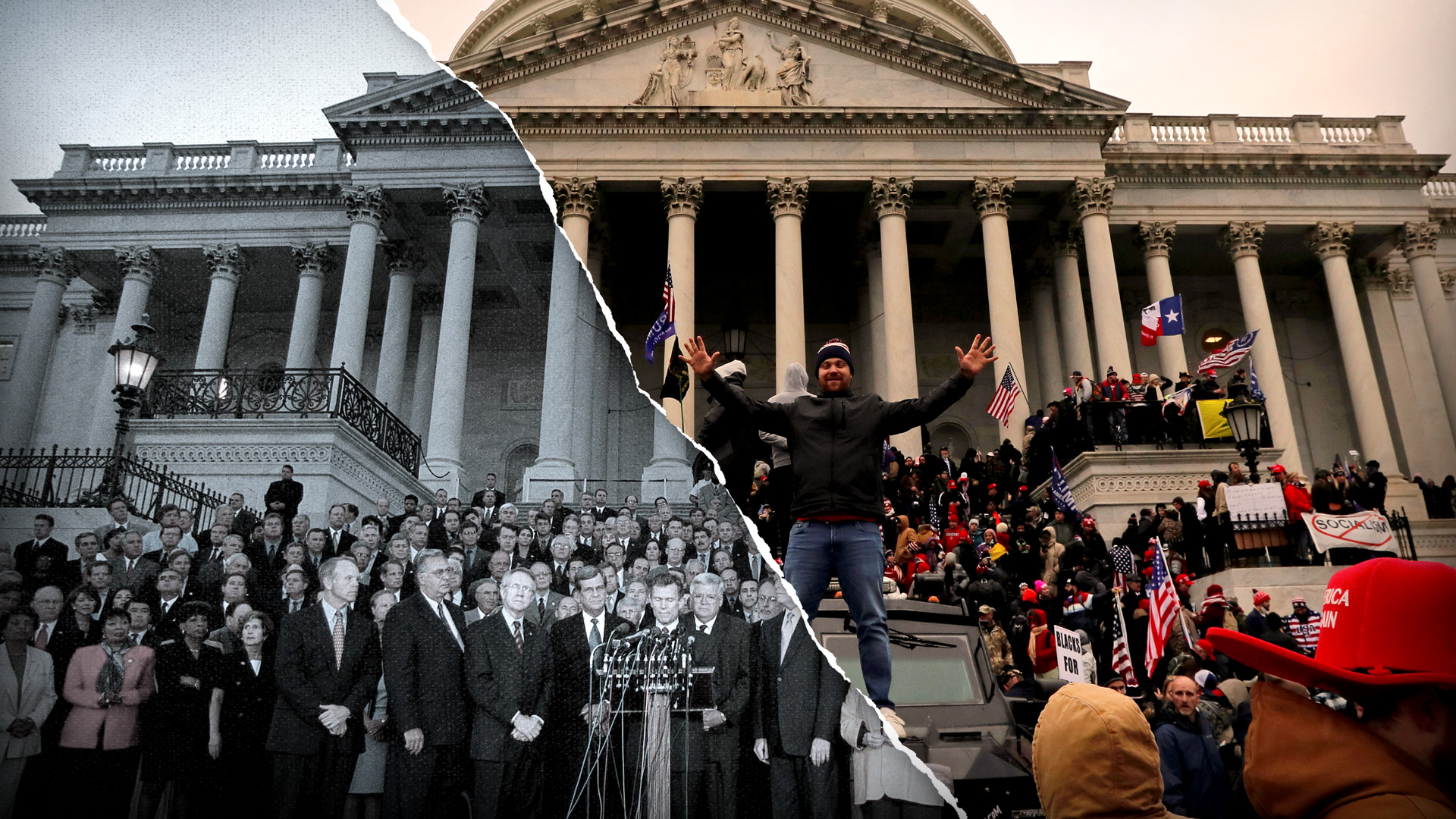Snap Fuck is the place for quick hookups. In this guide we’ll show you how to sign up, set up a great profile and stay safe while using Snap Fuck. Let’s get started.
Quick Facts
- Having an attractive profile with honest, straightforward information and recent photos is key to getting real matches on Snap Fuck.
- Snap Fuck has a user friendly platform with disappearing snaps, a smart matching algorithm and multiple ways to express yourself so you can have fun and engaging connections.
- Being private and secure while sharing naked pics involves cropping out faces, removing EXIF data, using encrypted messaging apps and turning off cloud backups so you can control who can see your photos.
Sign up to Snap Fuck
Signing up to Snap Fuck is a breeze. The sign up process takes less than 2 minutes to complete. All you need to provide:
- Your name
- Password
- Bio
And the best part is, signing up for a free account is free so you can get straight into it without spending a cent.
Once signed up, your next step is to set up a great profile. A good profile is your key to hooking up tonight. Here’s how to make your profile more attractive to others:
- Fill in your profile with a real and direct description.
- Choose a profile photo that’s approachable and taken in a nice setting, like doing a hobby.
- Remember, the photo you choose has to balance privacy and anonymity with personal preference.
- Always use your latest photos to keep your profile fresh and new.
A good profile bio can make a big difference. Be honest and straight up about what you’re looking for. This will attract matches who are really interested in the same things as you. Pay attention to the little things that make you stand out, like unique hobbies or interests.
Now that you have an attractive profile, the real fun begins. But before you dive into the sea of matches, let’s get to know the platform and features of Snap Fuck.
Snap Fuck Interface
Snap Fuck has a user friendly interface that’s easy to navigate. The design is purple and blue, unlike the yellow of Snapchat. It’s modern and similar to other social media apps so you’ll get the hang of it quickly.
The main purpose of the platform is to find users, scroll through profiles and send pictures or messages. You can send messages via pictures, emojis or standard text messages so you have multiple ways to express yourself. You can sext, role play, attach nudes and make snaps disappear so you can have more fun with your interactions.
One of the best features of Snap Fuck is the smart matching algorithm that increases your chances of finding matches fast. This algorithm takes into account many factors so you connect with people who like the same things as you.
Now that you know the platform, let’s get to the nitty gritty of uploading images and sharing nudes.
Uploading Images and Sharing Nudes
Sharing nudes can be fun but you have to prioritize privacy and security. Start by cropping photos to remove faces or unique background elements. This will go a long way in keeping you anonymous. Also remove EXIF data from photos to prevent sharing of metadata like location.
For extra security use encrypted messaging apps like Signal, Instafuck.com, or Telegram to send photos. These apps have robust encryption so your private moments stay private. Another smart move is to store your photos in secure locations like Google’s Locked Folder or Apple’s Hidden Albums. This way you have full control over who can see your photos.
Turning off cloud backups is another important step to prevent photos from being stored in multiple places. This reduces the chances of your photos being accessed or shared accidentally. Plus setting a secure PIN or using fingerprint/face ID to lock your phone is an extra layer of protection.
Now you’re safe to sext and message on Snap Fuck.
Sexting and Messaging
Talking to people on sex sites like Snap Fuck can be scary but it doesn’t have to be. Start by checking the person’s profile for basic info and use that as a conversation starter. Don’t ask for someone’s number or give compliments in the first message. Instead introduce yourself and mention something specific that caught your attention.
Chat with women and don’t make one-liners a habit. Find common interests and build a connection. Make the other person feel valued and not just appreciated for their looks. This way the conversation will be interesting and you’ll have a higher chance of forming a real connection.
As you wrap up the conversation try to end on a high note by keeping the connection and making the other person feel valued. This can lead to future interactions and hookups.
Now that you have these messaging tips, let’s learn how to find local fuck buddies on Snap Fuck.
Finding Local Fuck Buddies
Finding local fuck buddies on Snap Fuck is easy. The platform has advanced search filters and location settings so you can find casual sex partners nearby. Instafuck is user friendly and anyone can find a local casual hookup in just a few taps on their mobile phone.
Set your search radius to find women near you. Thanks.
This feature allows you to connect with other members, potential partners who are just around the corner. You can also browse for Meetn’Fuck partners by:
- Distance
- Age range
- Height
- Hair color
These filters will help you narrow down your search and find matches that fit your criteria.
The platform’s advanced filters are designed to find matches based on specific criteria like age and location. So you can find local fuck buddies that match your preferences and desires. Now you have these tools you’re ready to find your local hookup.
Now we’ll look into the premium features and prices of Snap Fuck.
Premium Features and Prices
Snap Fuck has premium features that can upgrade your experience on the platform. Paid members can access all features of Snap Fuck including messaging and viewing profiles fully. This means more in depth interactions and higher chance of finding the perfect match.
The prices for premium subscriptions are affordable. 3 day trial is $5.83, 1 month is $34.95 and 6 months is $69.92. These options are flexible so you can choose the one that fits your needs and budget.
Now that you know the premium features, let’s talk about safety and privacy on Snap Fuck.
Safety and Privacy
Safety and privacy is a top priority when using any online platform especially sex sites like Snap Fuck. The platform ensures that messages and photos including adult content are fully encrypted so all communication is secure. You can chat and share photos with no worries knowing that your data is protected even when using live cams.
One of the first step to stay safe is to verify identities to avoid getting scammed by fake profiles. Engaging with catfish accounts is a common mistake that can be easily avoided with proper verification. Always be cautious when switching to Snapchat as this can lead to scams like being asked for money or being redirected to other paid services.
Remember others can screenshot your Snaps so think before sharing sensitive content. Verify the email address and mobile number attached to your account for extra security. Don’t share personal info too soon as this can lead to privacy risks.
By following these safety tips and using the platform’s built in security features you can enjoy Snap Fuck while keeping your privacy intact. Now let’s get to the benefits of Snap Fuck.
Benefits of Snap Fuck
Snap Fuck has many benefits that makes it stand out from most sites especially other hookup sites. The platform offers:
- Instant gratification of physical needs
- Free sex chat
- Send nudes
- Snapfuck features
This is perfect for those who want to fulfill their wildest desires through instant and satisfying connections.
Snap Fuck has thousands of positive reviews and that’s a proof of its effectiveness and reliability. These reviews are about the user friendly interface, advanced features and the matching algorithm. Now let’s move on to some tips for successful hookups.
Tips for Hookups
To make the most out of Snap Fuck you need to have the right attributes and strategies. Here are some tips:
- Start by commenting on their stories to show you’re active and interested so it’s easier to approach for a hookup later.
- Kindness is key, being rude or sending negative snaps can scare away potential partners.
- Be friendly and not too aggressive or forward so the interaction is comfortable.
- Fun and confidence are the key attributes that can make you more attractive to potential hookup partners.
- Genuine and heartfelt compliments can make a big impact.
By following these tips you’ll increase your chances of successful hookups on Snap Fuck. Now let’s talk about some common mistakes to avoid so you can fuck tonight without problems.
Mistakes to Avoid
Avoiding common mistakes can make your Snap Fuck experience better. Here are some tips to remember:
- Set your boundaries and communicate it to your partner.
- Listen to your own discomfort signals and don’t ignore them.
- Respect your partner’s boundaries and make sure both are comfortable.
By following these tips you can have a better experience on Snap Fuck.
Not using the platform’s safety features like blocking or reporting can lead to continued harassment. Use these features to protect yourself from unwanted interactions. Not sharing financial info, meeting up publicly and getting consent from both partners are the safety measures for casual sex.
By avoiding these mistakes you can have a safer and better experience on Snap Fuck. Now let’s summarize the key points.
Summary
In summary Snap Fuck has fast and free registration, user friendly interface and advanced features to find local fuck buddies. By following our tips for creating an attractive profile, sharing images safely, having meaningful conversations and avoiding common mistakes you can make the most out of the platform. Enjoy the instant gratification and positive experiences of Snap Fuck and get ready to fuck tonight!
FAQs
How long is the registration process on Snap Fuck?
The registration process on Snap Fuck is very fast, less than 2 minutes. Join now and start connecting with others.
What do I need to provide during registration?
During registration you need to provide your name, email, password and a short bio.
Are messages and images on Snap Fuck secure?
Yes, messages and images on Snap Fuck are fully encrypted.
What are the costs for Snap Fuck’s premium features?
You can try Snap Fuck’s premium features with 3 days trial for $5.83, 1 month for $34.95 or 6 months for $69.92. Choose what suits you best.
How to find local fuckers on Snap Fuck?
Set your search radius to your location and use filters


